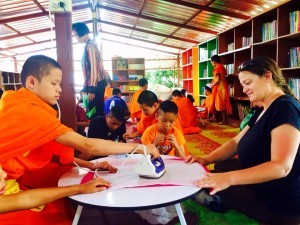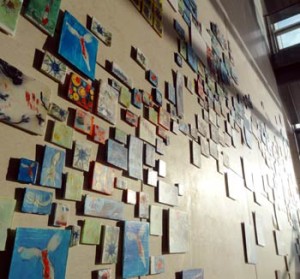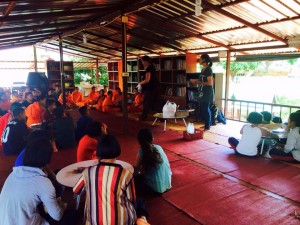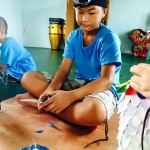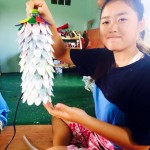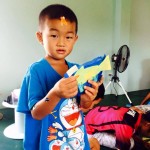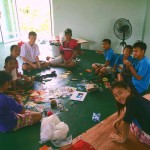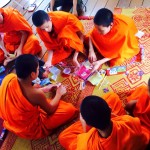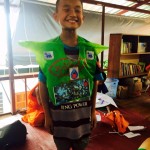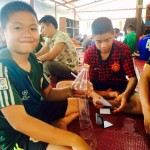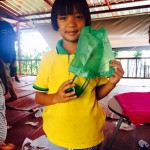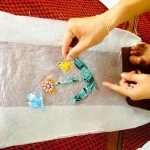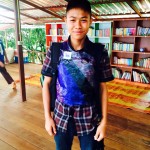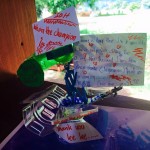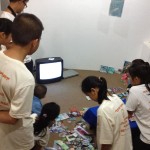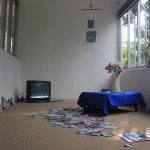AUGUST 2015
USA
Lee Lee is an artist integrating science and environmental issues within her work. She actively combines art and science to create positive impacts on the environment and our world. Lee Lee uses plastic as an art material to explore the impacts of plastic on the environment as well as the chemical imprints left in our bodies.
Lee attained her BFA from the Rhode Island School of Design, and has spent time in over 40 countries. These experiences have led her to develop a wide range of painting styles in response to the diverse conditions of our world. Her work is informed by several movements through art history including the feminine expressionist drawings of Kathe Kolwitz to the actions of the 1970s which embraced processes using a shotgun or fire. Rich textures developed through destructive means speak to socio political situations imposed on people as well as environmental degradation. Sensitive mark making atop of these textures explores the emotional textures within a community, emphasizing resilience in the face of adversity. Now strong environmental themes have entered into her repertoire as she recognizes that social and political stress is driven by the scarcity of our resources.
Debris is an ongoing project she pursued on the Surface Arts + Rumpueng Residency Program. It is an interactive, collaborative installation, which is being created as a response to the problems presented by single use plastic. The work is produced and awareness of plastic pollution is raised through numerous workshops with various community groups, institutions and schools. The work reflects the literal problem of plastic in the marine environments, while offering a symbolic representation of the chemical body burdens carried by wildlife and humans alike. In presenting these issues, we are asked to consider misplaced notions of “disposability”, calling in to question consumer driven waste, which has devalued what is in fact a very important material.
She led a variety of workshops with local schools, communities and foundations to explore the plastics waste issue and created recycled art from found plastics with the participants.
As part of the A.I.R Retrospective exhibition at Rumpueng Art Space works by local community groups generated in the workshops formed the installation of the Debris Project creating an interactive showcase. Also displayed was a life size robot which had been inspired by Lee Lee’s previous workshop with The Stratton ABC Foundation. The children at the foundation had built and designed this sculpture from found plastics and named him Chevvy.
The UN Environment Programme recently wrote a feature article on her work about ocean plastic, entitled, The Plastic Flow: From Waste to Waves.


